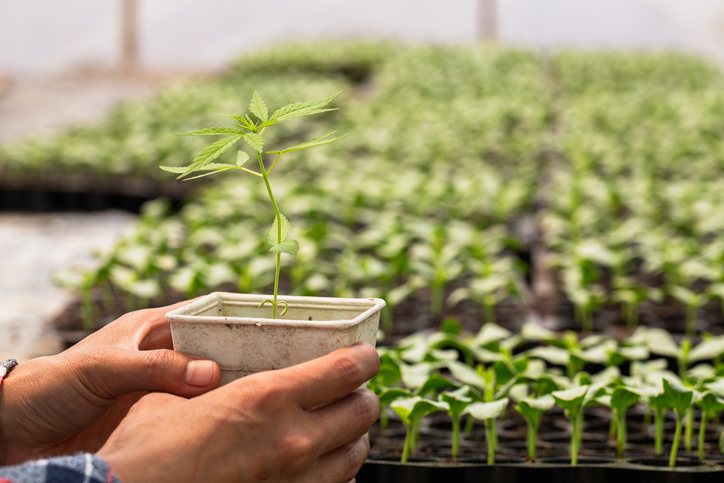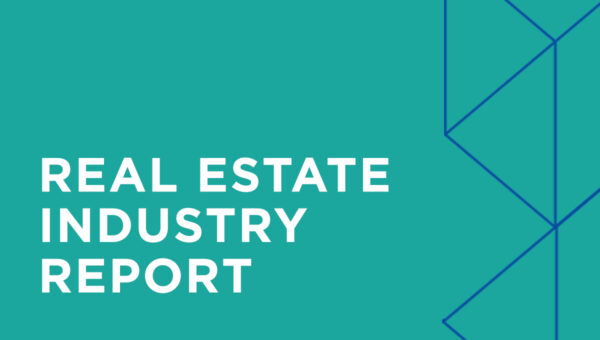
Cannabis in New York: Moving Forward to New Highs

Written by Wendy Gerber, Chief Content Strategist
After a slow start, New York is moving forward in rolling out its cannabis industry. The legalization of cannabis has the potential to create significant economic opportunities in New York State. Companies have been vying for an opportunity to get their piece of the projected $1.2 billion in sales by 2023 and $4.2 billion in sales by 2027. It has the potential to be an engine for growth and build equity for communities disproportionately impacted by the war on drugs.
Cannabis Industry as an Engine for Growth
The cannabis industry will help drive New York’s recovery. New York State expects to eventually collect $350 million in annual tax revenue. These developments are encouraging news, especially as we recover from the COVID-19 pandemic and look for ways to drive both economic recovery and equity in New York. The cannabis industry has the potential to generate substantial tax revenues, create up to 60,000 new jobs across the State, and provide a much-needed boost for the upstate agricultural markets. This will put New York on a level playing field with other states already benefiting from the cannabis industry.
The legislation legalizing cannabis in New York provides licensing for marijuana producers, distributors, retailers, and other actors in the cannabis market, and creates a social and economic equity program to encourage small businesses and minority businesses to participate in the industry. This legislation also attempts to address decades of harm resulting from the war on drugs through targeted investments and criminal justice reform. The social equity program sets aside 50 percent of licenses for minorities and women to ensure diverse communities will be able to take part in this new industry.
The legislation established the formation of the NYS Office of Cannabis Management (OCM) to tackle all the issues related to adult-use cannabis and medical use. The OCM oversees the licensure, cultivation, production, distribution, sale and taxation of medical, adult-use and cannabinoid hemp within New York State. The OCM develops regulations under the Cannabis Control Board’s supervision.
New Developments
During the OCM’s recent landmark Cannabis Control Board meeting, the Control Board licensed its first recreational marijuana retailers, awarding provisional conditional licenses to 28 entrepreneurs and 8 nonprofit organizations. These licensees were chosen from a pool of 903 applicants who were vying for a total of 175 licenses, which allow operators to open up to three dispensaries. With the awarding of these licenses, cannabis shops are expected to open by the end of the year.
The majority of the applicants were people previously convicted of cannabis-related offenses, or close relatives, in accordance with the social equity program that forms a key part of the legislation. The state’s goal is to prioritize opportunities in the cannabis industry for people in communities heavily targeted during the war on drugs. The legislation sets aside 50% of licenses for minorities and women to ensure diverse communities are able to take part in this new industry.
According to OCM, most of the licenses went to people in New York City and on Long Island. Due to a recent court order, the board did not issue licenses for the five geographic regions of Brooklyn, Central New York, the Finger Lakes, mid-Hudson or Western New York. Freeman Klopott, OCM spokesman, said 19 of the 28 licenses granted to individuals were awarded to people who belong to racial and ethnic minority groups, while 20 of the recipients were from areas with some of the lowest median household incomes in the country.
Of the 175 licenses, 150 of the licenses are supposed to go to businesses that the state plans to provide with turnkey locations (properties to be rented), as well as loans to cover the cost of preparing storefronts.
Although these businesses were approved, operations cannot begin until the completion of a secondary supplemental application, as well as completing a notification to the appropriate municipality where the conditional adult-use retail dispensary will be located. All the licensees will be required to submit additional information about their finances and business partners before their licenses are finalized. In a new shift, approved licensees will be allowed to begin deliveries from locations of their choice with regulators saying this would allow operators to “generate capital and scale their operations.” However, this shift suggests the state may be struggling to provide the license holders with storefronts and loans as planned.
According to Jeffrey Gordon, spokesman for the state Dormitory Authority, the agency directing the leasing and design process for storefronts: “The retail licenses were always meant to include a delivery option… Going forward, with a delivery model in place, we’ll be able to continue finalizing leases and financing without delaying sales.”
The remaining 25 licenses (of the 175 total) are reserved for nonprofits. New York is the first state to explicitly reserve licenses for nonprofits. It’s unclear how this might affect the organizations’ federal tax status since cannabis is illegal at the federal level. A few nonprofts were awarded licenses last month, including at least three New York City-based nonprofits: Housing Works, The Doe Fund and LIFE Camp. According to the New York Times, LIFE Camp is believed to be the first Black woman-led nonprofit to receive a license.
The chairwoman of the Cannabis Control Board, Tremaine Wright noted, “Not long ago, the idea of New York legalizing cannabis seemed unbelievable,” she said. “Now, not only have we legalized, but we’re also building a legal adult-use market with an equity-driven approach.”
The Cannabis Control Board also awarded another 16 conditional cultivator licenses, which brings the total number licensed to 277, and eight more conditional processor licenses, bringing that number to 33. Most cannabis sold in New York arrives through backdoor channels from California, but New York state-grown cannabis will be the centerpiece of the new recreational market. Retailers will only be allowed to sell marijuana grown in New York. At its recent meeting, the Board also approved the submission of revised proposed cannabis packaging, labeling, marketing, and advertising (PLMA) regulations to the Secretary of State.
The regulated sellers who receive licenses will have to compete with unlicensed sellers, who saturate the market. New York City has started to crack down on these unlicensed sellers. Regulators also released 282 pages of draft regulations laying the foundation for the broader market. Among other issues, the draft regulations would allow the state’s existing medical cannabis providers to enter the recreational market.
On December 9th, the Office of Cannabis Management announced the rules governing retail delivery, in addition to dropping a bomb that the state’s first cannabis dispensary operators will now be allowed to secure their own locations – a 180-degree turn from earlier this year, when the agency said these business owners would be required to take a location provided by The Dormitory Authority of the State of New York (DASNY). The move comes as DASNY is facing increased scrutiny over its ability to secure 150 locations around the state for the Conditional Adult-Use Retail Dispensary (CAURD) program and raise the money to support it.
There are tremendous business opportunities across the cannabis sector. Capalino continues to follow developments in both New York State and New York City to effectively advise clients looking to enter the cannabis market.


